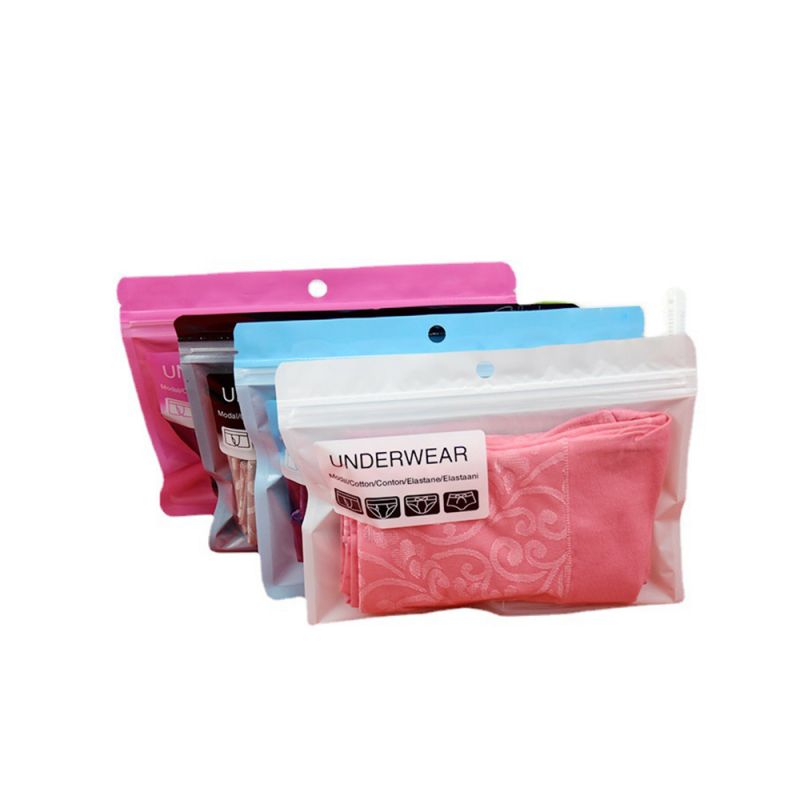Unveiling the Environmental Impact of PVC Material: A Comprehensive Analysis

In recent years, the environmental impact of various materials has become a significant concern. PVC (Polyvinyl Chloride) material, widely used in numerous industries, has attracted attention due to its potential environmental implications. This blog post aims to delve into the question, Is PVC material environmentally friendly? by providing a comprehensive analysis of its production, usage, disposal, and potential alternatives.
- Understanding PVC Material:
PVC is a synthetic plastic polymer composed of vinyl chloride monomers. It possesses unique properties such as durability, flexibility, and resistance to chemicals, making it a popular choice in construction, healthcare, automotive, and other industries. - PVC Production and Environmental Concerns:
The production of PVC involves the polymerization of vinyl chloride, which requires the use of fossil fuels and energy-intensive processes. This aspect raises concerns about greenhouse gas emissions, energy consumption, and depletion of natural resources. Additionally, the production of PVC may release toxic byproducts, including dioxins, which have adverse effects on human health and the environment. - PVC Usage and Environmental Considerations:
While PVC offers numerous advantages in terms of its durability and versatility, its usage raises environmental concerns. For instance, PVC products often contain additives like phthalates and lead stabilizers, which can leach into the environment during use, posing risks to human health and ecosystems. Moreover, PVC's resistance to degradation makes it challenging to recycle, leading to increased waste generation. - PVC Disposal and Waste Management:
The disposal of PVC products presents challenges due to their non-biodegradable nature. Incineration of PVC waste can release toxic pollutants, including dioxins and heavy metals, into the atmosphere. Landfilling PVC waste is also problematic, as it occupies valuable space and can potentially leach harmful chemicals into the soil and groundwater. Proper waste management strategies, such as mechanical recycling and innovative technologies like chemical recycling, are being explored to mitigate these issues. - Alternatives to PVC:
Considering the environmental concerns associated with PVC, exploring alternatives becomes crucial. Several eco-friendly alternatives, such as bio-based polymers, natural fibers, and recycled materials, are gaining traction in various industries. These alternatives offer comparable functionality while reducing the environmental impact and promoting a circular economy.
Conclusion:
In conclusion, the question of whether PVC material is environmentally friendly is complex and multifaceted. While PVC possesses valuable properties for various applications, its production, usage, and disposal raise significant environmental concerns. As society increasingly prioritizes sustainability, exploring and adopting alternatives to PVC becomes imperative. By doing so, we can strive towards a more environmentally conscious future, where materials are chosen wisely, and their impact on the planet is minimized.


